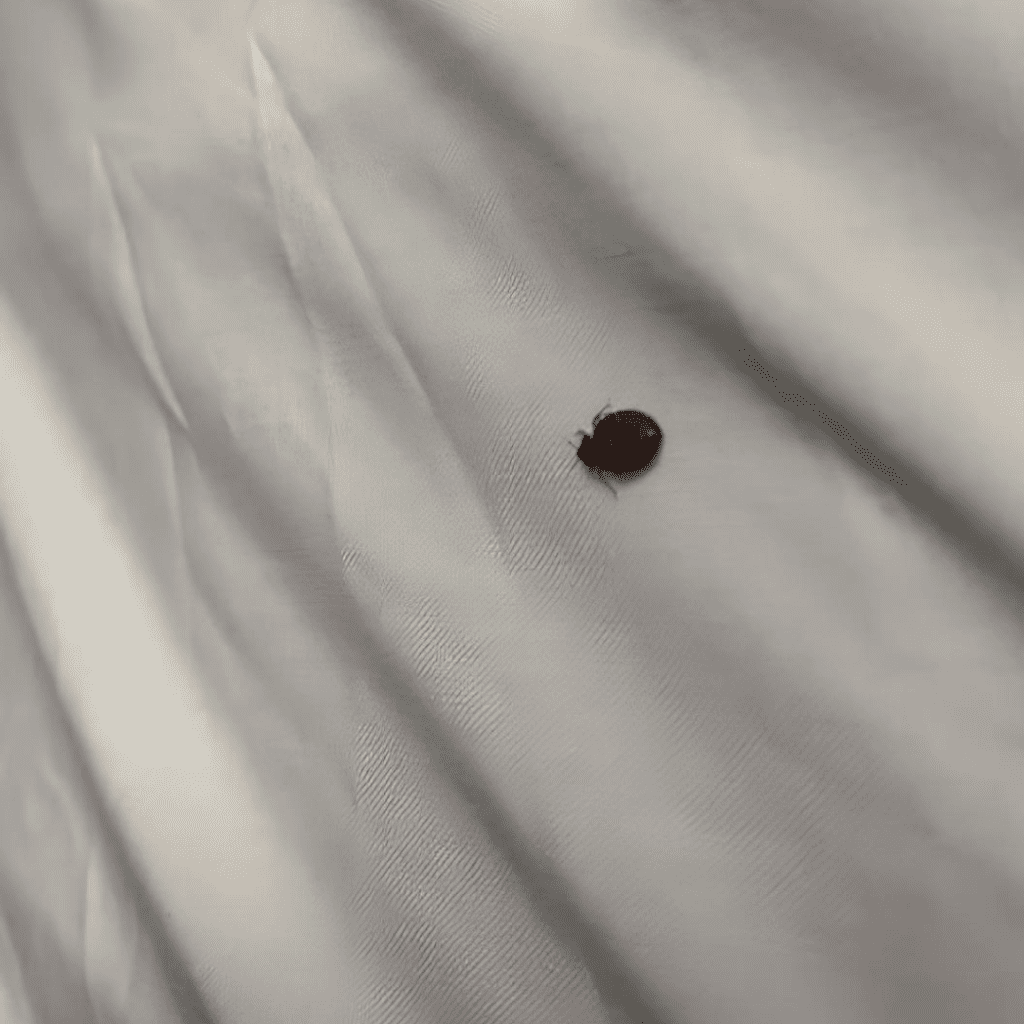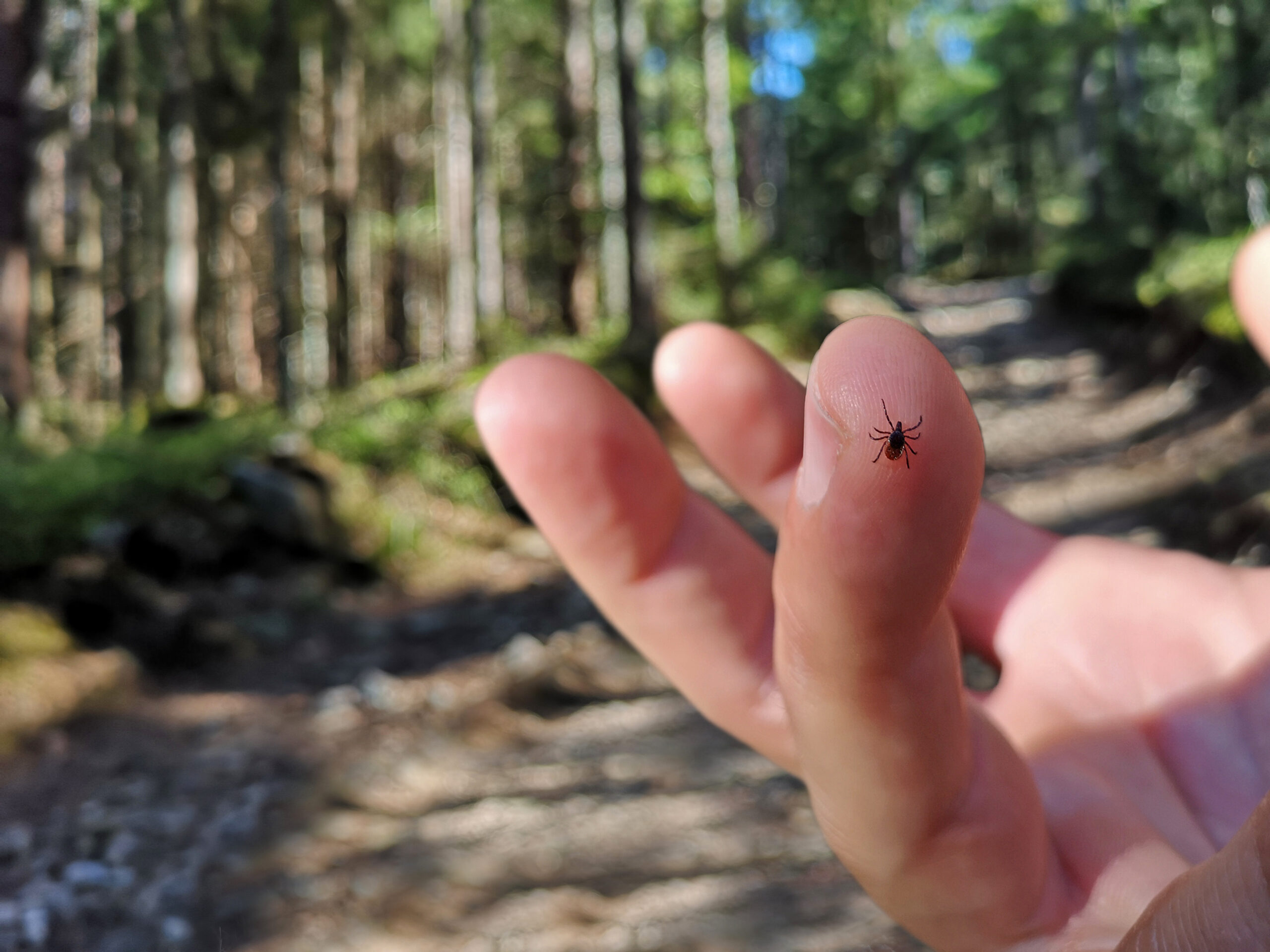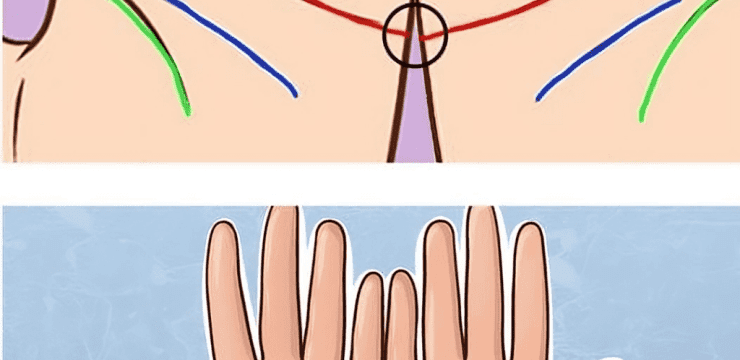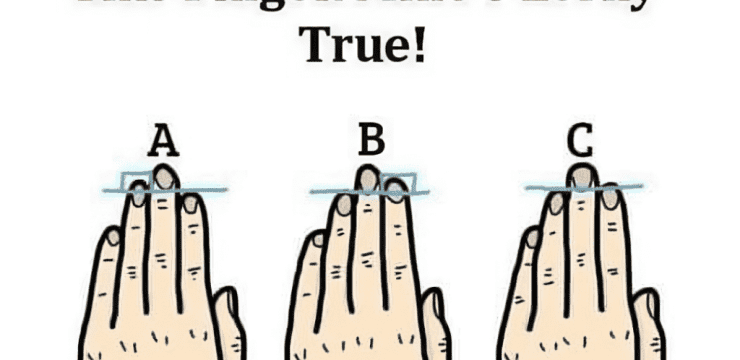I like to think of myself as having love and understanding towards all creatures. Even spiders and snakes – fairly common phobias among humans – don’t freak me out to the point where I’ll actively take steps to avoid them.
You could say that I have a high threshold where tolerance for creepy crawlies is concerned… just not with ticks. No, shameful as it is for me to admit, I wouldn’t lose an ounce of sleep if ticks vanished from the world tomorrow, never to be seen again. The thing is, they’re not just annoying (not to mention invasive and, well, enough to make most people’s skin-crawl) but they can actually be dangerous.

Ticks can carry debilitating diseases including Lyme disease and Rocky Mountain spotted fever, so it should go without saying that they’re probably not the best house guests for you to be entertaining. That said, depending on where you live, the time of year, and whether or not you have pets at home, the chances of you encountering ticks can be fairly high.
So, what to do if and when you do come across one of these tiny blights? Let’s dive in.
Identifying and Isolating the Tick Problem
It’s a good idea for you to try and identify the type of tick (whether its a black-legged, dog, or brown dog tick). If the tick is located in a specific area, keep your children or pets away until the tick is taken care of.
Knowing what kind of tick you’re dealing with can help you take the appropriate steps to get rid of it and prevent any potential diseases from spreading. Different tick species can carry different pathogens, so identification is key.
Protective Measures
To make sure the tick doesn’t latch onto you, wear gloves and long-sleeved clothing so your skin isn’t exposed. This creates a physical barrier that makes it much harder for ticks to access your body.
It’s also important to thoroughly check yourself, your family, and your pets for any signs of ticks after spending time outdoors, especially in wooded or grassy areas. Ticks love to hide in warm, dark places, so be sure to check behind the ears, in the hair, under the arms, and in other hard-to-see spots.
Cleaning and Decontamination
Make sure you thoroughly wash any clothing or bedding that the tick has come into contact with. Do so on high heat, as this will kill any remaining ticks or eggs. Vacuum the area, paying special attention to crevices and corners where ticks may be lurking.
You’ll also want to disinfect any surfaces or objects that may have been contaminated. Isopropyl alcohol is great for this, as it will eliminate ticks on contact.

Credit / Shutterstock – MakroBetz
Tick Removal
When it comes to removing a tick that has already latched onto you or someone else, it’s important to do so carefully and correctly. Take fine-tipped tweezers and grab hold of the tick as close to the skin’s surface as possible. Slowly pull upwards, but avoid twisting or jerking to ensure that the tick’s head doesn’t break off and remain in your skin.
Following the removal, clean any bite areas with alcohol or soapy water. You can use alcohol to dispose of the tick, or else flush it down the toilet. Avoid squeezing or crushing the tick, as this can cause the release of bodily fluids and increase the risk of disease transmission.
Monitoring and Follow-Up
It’s a good idea to monitor any bite sites you find, as well as the monitor the person who’s been bitten for symptoms. Things to look out for include redness, swelling, a bulls-eye rash, fever, chills, muscle aches, and fatigue – all of which could be signs of tick-borne illness.
If any concerning symptoms develop, be sure to seek medical attention right away. Prompt diagnosis and treatment are crucial when it comes to preventing serious complications from tick-borne diseases.
Conclusion
Ticks may be tiny, but they can pose a big threat to our health and wellbeing. By understanding how to properly identify, isolate, remove, and monitor for ticks, you can protect yourself and your loved ones from the dangers they pose.
Remember, an ounce of prevention is worth a pound of cure. Stay vigilant, take the necessary precautions, and don’t hesitate to seek professional help if you have any concerns. Together, we can win the war against these pesky little bloodsuckers.





